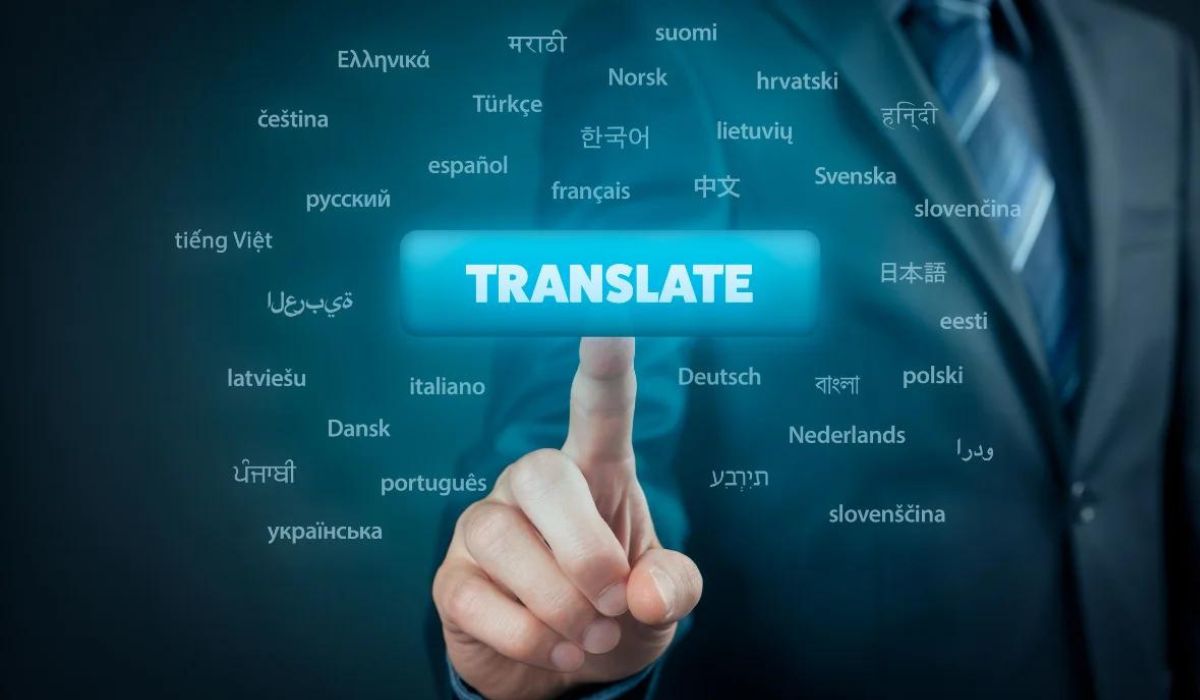Introduction
Imagine a world where language barriers no longer exist. With over 7,000 languages spoken globally, the ability to translate is crucial for effective communication. In Finland, where the Finnish language is distinct and unique, the role of translation becomes even more significant. This is where käntäj, or translator, steps in, serving as a bridge between languages and cultures. This article explores the significance of käntäj as a vital translation tool for Finnish speakers, examining its importance, challenges, and future.
Overview
This article will cover:
- What a käntäj is and the role of translators
- Challenges specific to Finnish translation
- How to find the right käntäj
- Best practices for working with a käntäj
- The future of translation and käntäj services
What is a Käntäj?
Definition
The term “käntäj” refers to a translator in Finnish, a professional who converts written text from one language to another. Käntäj are crucial in various sectors, including literature, medicine, and technology, ensuring that the meaning and nuances of the original text are preserved.
Role of Translators
Translators play a pivotal role in bridging language barriers, facilitating communication in an increasingly globalized world. They not only translate words but also convey the intent and tone of the original message. This task requires a deep understanding of both the source and target languages, as well as cultural context.
Types of Translators
There are various types of translators, each specializing in different fields:
- Technical Translators: Focus on specialized texts, such as manuals and scientific papers, requiring specific terminology.
- Literary Translators: Work on novels, poetry, and other artistic texts, capturing the author’s voice and style.
- Medical Translators: Translate healthcare-related documents, ensuring accuracy in critical medical terminology.
The Challenges of Finnish Translation
Unique Grammar and Syntax
Finnish is known for its complex grammar and unique syntax. With 15 grammatical cases and a vowel harmony system, translating Finnish into other languages can be quite challenging. This complexity requires käntäj to have a strong grasp of both languages involved to maintain clarity and coherence.
Cultural Nuances
Cultural references and idioms often pose significant challenges in translation. Finnish idioms may not have direct equivalents in other languages, making it difficult to convey the intended meaning. A skilled käntäj must navigate these nuances carefully to ensure that the translation resonates with the target audience.
Regional Variations
Finnish has various dialects, each with distinct expressions and vocabulary. A translator must be aware of these regional differences to provide an accurate translation. Understanding the local context is essential for producing high-quality work.
Finding the Right Käntäj
Professional Qualifications
When looking for a käntäj, it’s vital to consider their qualifications. Certified and experienced translators are more likely to produce accurate and reliable translations. Look for credentials from reputable translation organizations to ensure professionalism.
Specialized Translators
Depending on your needs, you may require a translator with expertise in a specific field. For instance, if you need medical documents translated, seek a käntäj who specializes in medical translation. Their familiarity with the terminology and context will enhance the accuracy of the translation.
Online Translation Platforms
Today, numerous online platforms can help you find qualified käntäj services. Websites like ProZ, TranslatorsCafe, and others allow you to search for translators based on language pairs, specialties, and reviews. These resources can streamline your search for the right professional.
Working with a Käntäj
Clear Communication
Effective communication between the client and translator is crucial. Providing detailed instructions and clarifying expectations upfront can lead to a smoother translation process. Share any specific terminology or preferences you have to help the käntäj deliver the best results.
Project Management
Establishing deadlines and quality standards is essential when working with a käntäj. Setting realistic timelines allows for thorough translations and necessary revisions. Agree on project management practices to ensure a successful collaboration.
Proofreading and Editing
To ensure the accuracy and quality of translations, consider proofreading and editing the final text. Some translators may offer these services, but you can also enlist a second translator to review the work. This step is crucial, especially for important documents.
The Future of Translation and Käntäj Services
Advancements in Technology
The translation industry is rapidly evolving with advancements in technology. Machine translation and artificial intelligence (AI) tools, such as Google Translate, are becoming increasingly popular. While these tools can assist in basic translations, they often lack the nuance and cultural context a human käntäj can provide.
The Human Element
Despite technological advancements, the human element remains vital in translation. A skilled käntäj can interpret emotions, cultural references, and subtleties that machines may overlook. Therefore, human translators will continue to play an essential role in ensuring high-quality translations.
Trends in the Translation Market
Emerging trends in the translation market, such as the rise of remote work and globalization, present new opportunities for käntäj services. As more businesses operate internationally, the demand for qualified translators will only increase. Staying abreast of industry trends will help both translators and clients adapt to changing needs.
You May Also Like: Unraveling 06shj06: A Deep Dive into Online Culture
Conclusion
In conclusion, the role of a käntäj is crucial in our interconnected world. As we’ve explored, the unique challenges of Finnish translation, the process of finding the right translator, and the future of the translation industry all underscore the importance of quality translation services. By recognizing the value of skilled translators and remaining critical of online tools, Finnish speakers can effectively navigate the complexities of language translation and communication.
FAQs
What is a käntäj?
A käntäj is a translator in Finnish, responsible for converting written text from one language to another.
What challenges do Finnish translators face?
Finnish translators encounter unique grammar, cultural nuances, and regional dialect variations that complicate translation.
How can I find a qualified käntäj?
Look for certified translators with expertise in your specific field, and consider using online platforms to connect with professionals.
Why is human translation still important?
Human translators can interpret nuances and cultural contexts that machine translations may miss, ensuring high-quality outcomes.
What types of translation services are available?
There are various types of translation services, including technical, literary, and medical translations, each requiring specialized knowledge.











